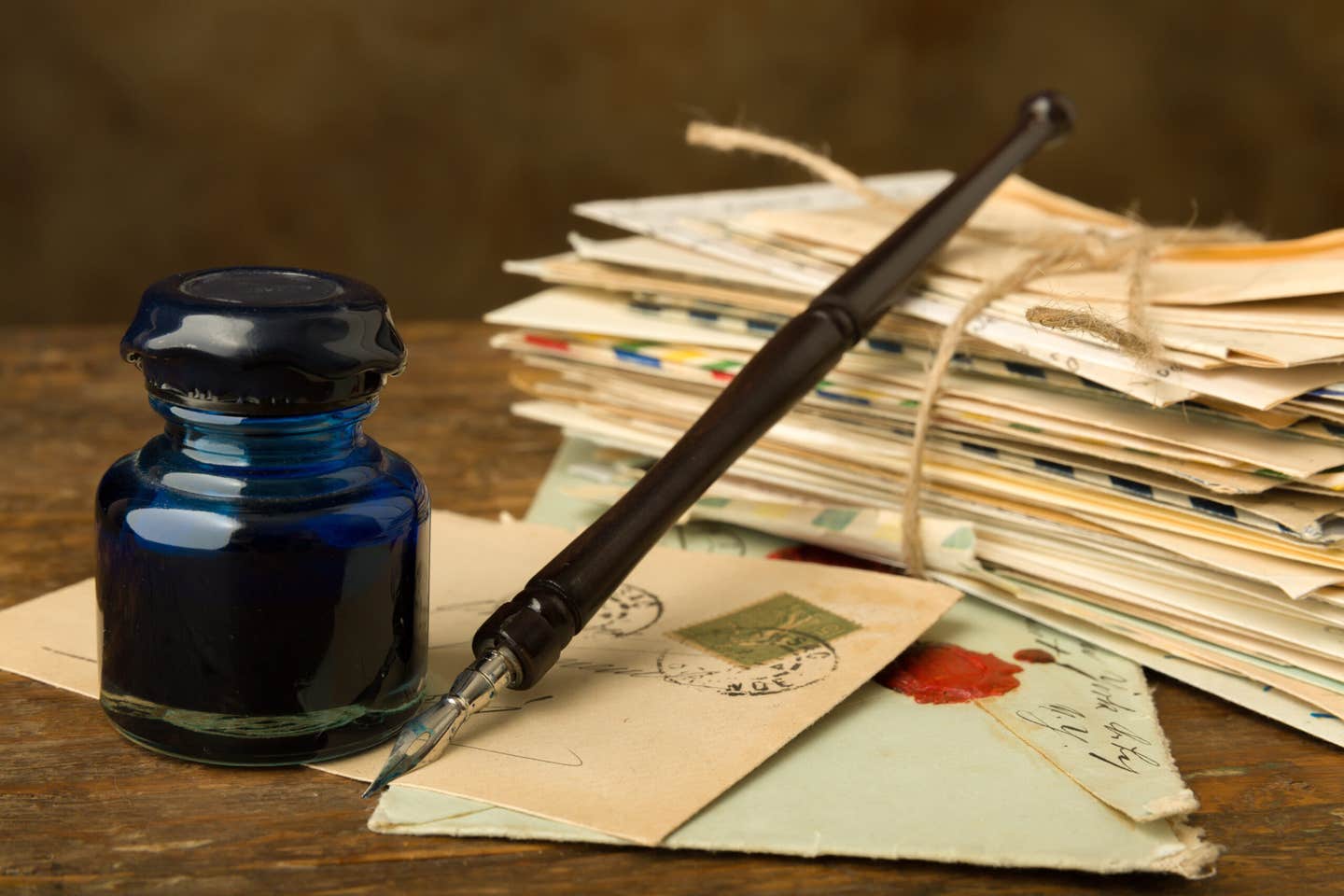This week’s letters (03/13/12)
As a casual collector of modest means, I read the stories comparing conservation versus cleaning of coins with interest and confusion. Artifacts that are unearthed from past “buried treasures,” as well as those salvaged from ship wrecks of old, certainly deserve to be returned to some degree of their past condition, as long as these coins are slabbed as such by the conserver ensuring the purchaser is aware of the coin’s enhanced condition.
Fine line between cleaning, conserving a coin
As a casual collector of modest means, I read the stories comparing conservation versus cleaning of coins with interest and confusion.
Artifacts that are unearthed from past “buried treasures,” as well as those salvaged from ship wrecks of old, certainly deserve to be returned to some degree of their past condition, as long as these coins are slabbed as such by the conserver ensuring the purchaser is aware of the coin’s enhanced condition. The problem seems to exist when mistreated and poorly stored coins are chemically and mechanically enhanced to greatly increase their value.
When the collector performs this function, the coin is considered “cleaned,” therefore rendering the coin unsuitable for a professional grading service to ascertain condition. When a “professional conserver” does this same function, it is not considered to have been “cleaned.” What is wrong with this picture?
Charles Allen
Union, N.J.
Maybe Mint is listening to public about ‘S’ Eagles
Is it possible that the U.S. Mint has finally turned up its hearing aid so it can actually hear the buying public as to what coins it wants to buy with the possible issue of two-coin sets of silver Eagles with an actual “S” mintmark and no third party grading needed to identify them as coming from the San Francisco Mint? I’ll believe it when I see it!
But we will still enjoy the same old ordering system. Must be you had to be a high roller to get asked to take the survey, not just joe average collector that buys for fun not profit.
Michael P. Schmeyer
Halsey Valley, N.Y.
Ask dealers to send rolls in boxes, not envelopes
I wanted to pass on a word of caution to Numismatic News readers about the risks of losing coins in the mail.
Over the years, I have ordered numerous coins, including rolls. About three years ago, a box of rolls was delivered to my mailbox and I noticed a tear on the side. About five of the 10 rolls were missing. I contacted the dealer, who had insured the package, and I got my money back (I think it was only about $30 or so that I recouped). Since then I have not had any problems until recently.
I ordered about a dozen inexpensive rolls (total order was $65 or so). The dealer sent the heavy rolls in a U.S. Postal Priority Mail envelope. The side was torn and none of the rolls were inside – a total loss. I contacted the licensed dealer, who told me he has never had any issues using the envelopes. He did not have insurance. I asked him for a break if I re-ordered the coins, and he offered me a 10 percent discount on a re-order.
In talking to other dealers, I learned that sending heavy rolls in an envelope is not something they recommend. Not at all, I was told. Instead, they use the Postal Service boxes (the ones that fit about a dozen rolls) and then tape up the boxes so they are secure. I contacted the dealer in question and instead of charging me the $6 postage he charges, he agreed to use a box and pay insurance for $4 extra on the re-order. I agreed and paid for a re-order and got the 10 percent discount, but had to pay $4 extra.
I’m not sure if this was theft or if the envelope simply broke open, but my recommendation is: if you order coins, especially heavy rolls, ask the dealers to use the heavier boxes versus the envelopes. And ask them to tape the boxes well. I also recommend getting insurance.
The insurance on the roll order I placed was about $2. I lost over $50. I assumed when I paid $6 that may have included the $2 insurance and that 12 rolls of coins would come inside a box instead of a flimsy envelope. I was wrong, and I just wanted to make sure others don’t make the same mistake. Ask for a box instead of an envelope when ordering heavy coin rolls. The dealer said, “I have never had a problem like this and I have sent them for many years.” But I bet this is a far more common problem than he realizes.
Joel Coffidis
Silver Spring, Md.
Copper cent collecting fun, exciting alternative to silver
I started collecting U.S. coins when I was 52. I wish I would have started at a younger age because I think collecting coins is they best hobby a person could have. I collect not as an investment, I collect because it’s fun and you can learn so much. I learned everything I know about coins from Numismatic News and my local coin dealer.
Anyway, I was laid off from my construction job in November of last year so that put a stop to my buying silver coins for a while. So I thought, why don’t I save copper cents, that’s pretty cheap to do. So I go to my local bank and buy a $25 box of cents. I put the 1959-1982 cents in a container and put the wheat ear cents in another one. When I get tired of sorting cents, I get out my scale and weigh the 1982 cents and the ones I can’t read the date on, then I roll up all the zinc cents and use them to buy my next box of cents.
Since I started doing this, I saved 13,000 1959-1982 cents and 165 wheat ear cents. The oldest one I found so far was a 1907 Indian Head cent and a few 1909 Lincolns, a few from the teens, ’20s and ’30s, but mostly 1940s and 1950s. A couple weeks ago I found an XF 1917-S. Like I said, it’s cheap and fun, and who knows what you might find.
Dean Buchinger
Reese, Mich.
Why weren’t all commem halves made of silver?
I enjoyed the article on commemorative half dollars with the new key being the 2011 Army.
One question not answered was why were they not all made of 90 percent silver. Only two of the modern halves are silver. Silver was not as expensive when most of them were minted either. They charge enough so that they should be able to make them of silver.
I like halves and do have a 2011 uncirculated Army half. There is also a new key in the Kennedy silver proof halves. Now that they have stopped selling 2010 silver proof sets the 2010 set beat out the former No. 1, 1995, by 583,912 to 679,985. Unless the 2011 set sells more than another 39,622 it will become the new key. As of now, their prices don’t indicate their mintages.
Robert J. Morris
Roswell, N.M.
Editor’s note: Commemorative half dollars and their composition are specified in the authorizing legislation. There is no single reason why some are silver and some are copper-nickel clad other than the fact that the clad version can be priced lower than the silver versions.
Talk of bullion performance not always based in fact
The “Viewpoint” article in your Jan. 17 issue was well-stated and I agree with Mr. Bellman completely. It seems that there is way too much hype and not enough facts coming from the bullion market pushers. This inflates coin market prices and will eventually be detrimental for the hobby. We need to remember that just because a commodity price has gone up rapidly is not usually a good reason to buy it. Prices driven up by feat and speculation can come down just as rapidly. I do appreciate NN addressing this issue openly and with facts.
I want to call your attention to one example that seems somewhat misleading to your readers. In your Jan. 3 issue Mr. Miller states in his monthly price guide introduction on Page 83 titled Golden year not kind to modern sets, “gold bullion has gained approximately 20 percent for the year.” Gold started 2011 at $1,421.40 and ended at $1,565.80. This is a price gain of 10 percent for 2011, not 20 percent! I realize that the price of gold dropped severely in December and any article published must have some lead time, but I have not seen any retraction of this information. For anyone considering investing in gold, this could be very important.
While I am discussing investing in gold, I want to add some comments to your Feb. 7 issue price guide by Mr. Miller. In the introduction, Mr. Miller gives us last day of the year quotes for gold, 2000 through 2011. This information shows impressive gains for gold. Many individuals make long term investments much longer than 11 years. If Mr. Miller would give us end of year quotes for long term to include the 1980-1999 our picture for gold would be somewhat different. One decade of run-up does not necessarily mean jump in. Does anyone remember the impressive run-up of tech stocks in the ’90s? If you had invested here in 1999, your investment would be down now by at least 40 percent.
I have one other question for any bullion price pumpers out there. If gold has such a rosy future, why did a gold mutual fund by Fidelity Investments, which holds gold miner stocks, show a 16 percent loss for 2011, and a similar gold fund by American Century Investments show a 19 percent loss for 2011? The S&P stock index was flat for 2011 but did not show losses. If gold prices are driven by fundamentals and not mostly hype and speculation, why are the gold miners not participating in these gains?
A small percentage of gold or silver may improve any retirement account bottom line over time, but a large investment at these prices could hurt your long-term account severely.
Julian Reitzel
Archdale, N.C.
Where does all the United States’ silver come from?
From 1986 to 2011 the United States mints have produced roughly 268,150,000 uncirculated 1 ounce silver Eagles, from the stats that I have found. That total comes to 16,759,375 pounds of silver.
Then there was about 185 years from the 1780s to 1964 when, except for the cent and nickels, the rest were made of silver also. Then also the years of silver proof sets, silver commemoratives, dental silver and all of the commercial business using silver.
I know the United States mines silver, but do they mine that much silver or do they import silver also? Since 1776, I wonder how many tons of silver have been used in the United States?
John E. Catlin
Portage, Wis.
Firearm bill could aid show security
One answer to the security problem at coin show is currently making its way through Congress.
A bill to mandate interstate reciprocity for firearm carry permits is on its way from the House to the Senate.
Bad guys, by definition, don’t like a level playing field. A word to your legislators in Washington right now would be a step in the right direction.
Roy West
Philadelphia, Pa.









